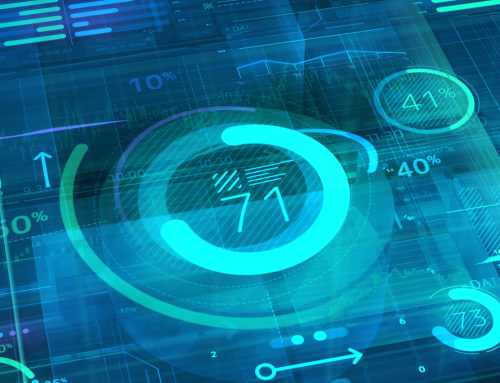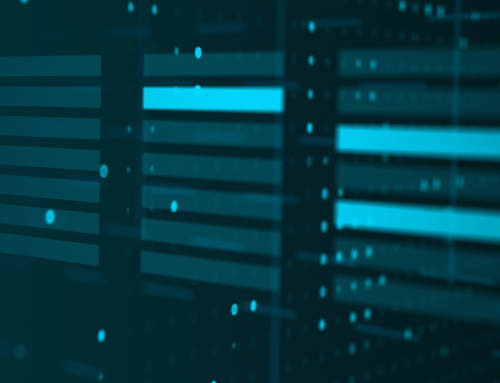Ok, perhaps a bit of a dramatic title line, and even a bit self aggrandizing, given the assumption that these three truths are the correct ones – however, the goal is the same for me as it has always been – which is to make your delivery of workspaces to end users better. Period.
Given that, and 8 years of constant meditation on the subject matter —  coupled with conversations and head nods with thousands of companies and customers – – instead of taking any credit for these three truths, I consider them  a summary of those years from an interested author instead
The “Desktop” is three things. These three things are the only three truths you need to focus on. Now before the critics have their way with this blog – I will submit that the devil is always in the details, and that these truths have eons of subtleties beneath them that count, and often in large amounts.
Truth #1
The “state” of the user needs to be removed from the device.
What does this mean? State is the summary of a few things that we have been talking about as abstracted singularities for some time.
- They are user customizations.
- They are applications users need
- They are user data
User customizations make users more productive than working in sterile white boxes. The goal of all workspace delivery is enhanced user, IT, and budget productivity. This one is huge. Users fundamentally do two things: they create content, and they consume content – sometimes at the same time, sometimes one or the other – but this is what they do. The applications they use to do this can come to them in almost innumerable ways, includingcloud, SaaS, stream, virtualize (but DON’T install on devices; that breaks truth#1).  User data (the content they create and consume – never lives on devices – this part of state lives in data centers or clouds where we can do all kinds of things like backup, replicate, de-dupe, secure, encrypt, expose it to other device types, etc. – but it does NOT belong as a prisoner to commodity hardware hidden under a local file system).
When you accomplish this (and I am not talking about VDI here) on your current desktops using available technology, you have taken the first step to truly enabling truth #2. And please don’t fall prey to the solutions that confuse the removal of state with fancy front ends that simply lobotomize Windows® and try to convince you that their engineers came up with a better way to manage it.
Oh, and a very interesting thing happens when you remove state in this way. You are now free to determine what, if any, parts of this state live across other device and OS types.
Example – maybe your users DATA follows them onto iOS phones and tablets
Example #2 – maybe your users Google Chrome history follows them from desktop to ‘Droid.”etc.
Truth #2
Moores Law made us all LAZY
(Once state is removed from the device – scale works FOR YOU not AGAINST YOU)
Hmmm, this is an interesting notion – let’s explore. What this truth refers to is the fact that for all our AD Policies, Â it is not just the Windows OS and Apps that we solely need to focus on. It is the totality of user STATE (customization, apps, data) – and we need the granular ability to pick and choose, who, when, what, and how we want to enforce our policies upon them.
We need to manage our users state together with the policies we wish to enforce centrally. Not some of the time, all the time.
Security, provisioning, updating – you name it must be effected ONCE, and affect many. Trying to spot zone and spot manage any user population over 500 users is asinine. I am not simply referring to the human cost of sneaker nets – I am talking about the bigger concern  with the proliferation of cheaper and cheaper devices, we threw hardware at what were really management problems. Might need an APP? OK you get it. I will pay for, manage, update, secure, and maintain that app because you MIGHT need it. It amazes me when we do App Assessments the percentage of different applications present vs used. Amazed. You pay for that. You pay for the software, and you pay to manage it even though it is not used.
This new paradigm of computing (call it virtualization if you like) teaches us that everything is fluid, everything is elastic and everything can be on demand. You cannot do this when everything is statically bound to physical hardware.
Truth #3
Compute needs to happen where compute needs to happen.
When you have bought into Truth #1 and #2 – Â we can relax our 20 year bias that the workspace is a thing. The workplace is not a thing; it is the orchestration of state, policy, and Truth #3 which is DELIVERY.
Delivery is interesting because we need to shed our notion that all three elements of state always need to be present at your fingertips. What I mean is that in traditional Windows environments, my apps, data, customizations are mixed with IT policies and delivered to me locally if we are doing things the old way on a laptop or PC – delivered to me via PCoIP or HDX if we are doing VDI (though they live and are delivered to the virtual machine in reality) but the perception is I have my “stuff”. That is  I have what I need to create and consume content.
But with  this new wave of OS’s and devices (Ok, insert BYOD here.) or even on Windows OS devices – as an IT manager and as a user I might not want / need / be allowed to have all elements of my state. (see Truth #2).  Most of the storage vendors and some software vendors are making solutions now that can deliver or expose user data from the data center to users across device types.  But that’s not enough. You gotta deliver state and policy.
For example:
- On a phone, Â I can VIEW documents but not edit them.
- On a phone I have local apps to open the docs most of the time – you don’t  need to DELIVER apps to me.
- On a phone I might not need or want all of the functions of an application I use in windows even if you could deliver it – hence these app stores and $.99 productivity tools we can buy.
And a big part of delivery is also device choice which in turn  leads to OS choice. Now BYOD is popular – but it’s only the tip of the iceberg. We focus on it today because we decision makers are the use case it refers to but PLEASE do not forget about the 80% of your users who are LAN attached, work within Windows, and for whom all you need to do is figure out a better way to “deliver” a workspace to them.
These three truths will help you focus on the right path to accomplish that.
SO there you have it. State, Policy, Delivery. Solve those three things and this is really not all that complicated. And what you will find in every way is that this is not simply 20% better than how you manage desktops today …. It is 20 times better.
T.Rexâ„¢
2013
jtr@liquidwarelabs.com








Leave A Comment
You must be logged in to post a comment.